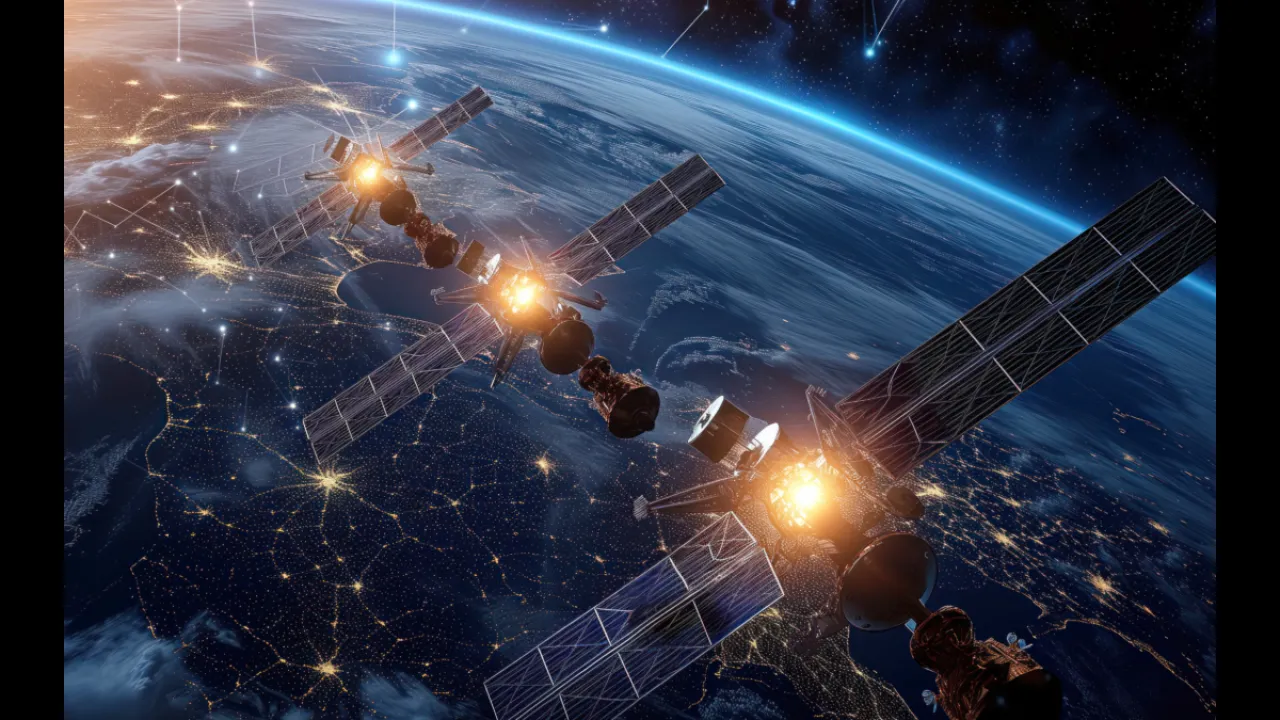
Cyber Security and Resilience of LEO Satellite Constellations
Cyber Security and Resilience of LEO Satellite Constellations through Building PKI for inter-constellations, SW/HW updates, Collision and Debris Avoidance.
Overview
There is a paradigm shift from classical GEO satellites (e.g., EUROSAT) to LEO satellites (e.g., Starlink). GEO satellites are big, expensive, stationary, and orbit at a high altitude (around 36000 KM from Earth) which makes them hard to build and launch to orbit. On the contrary, building a LEO satellite is orders of magnitude cheaper, since it can be assembled (in a lab) from commodity parts, e.g., the CubeSat standard. It is also cheaper to launch being small-sized (e.g., few to a hundred cubic centimeters), which makes it lightweight and thus affordable to rent a space rocket vehicle as a service to put in a LEO orbit, e.g., 500KM close to Earth.
However, “there is no free launch”! LEO satellites have limited computer power, limited solar battery charging (due to lack of sunlight during night shifts), and most importantly limited coverage to Earth being too close. To be effective, the workaround is to operate multiple cooperative LEO satellites, i.e., a satellite constellation. Constellations cooperate and coordinate to form a distributed/decentralized mesh delay tolerant network (since satellites may not necessarily encounter each other while orbiting).
These small computing nodes that are wirelessly connected in the wild are prone to several anomalies (e.g., solar wind, electromagnetic waves, debris) and cyber-attacks (e.g., wireless jamming, spoofing, eavesdropping, interference, suicide, ...). The cyberattack risk unfortunately gets higher since LEO Satellite properties also facilitate the adversary's mission to launch attacks or malicious satellites.
This project has several research directions:
Authentication and Encryption schemes for satellite constellations,
Resilient reconfigurable hardware (FPGA) for satellites,
- Distributed/Decentralized/Federated AI-based systems for Earth Observation
- Collision and Debris Avoidance
- Secure Over-the-Air Software and Hardware Updates